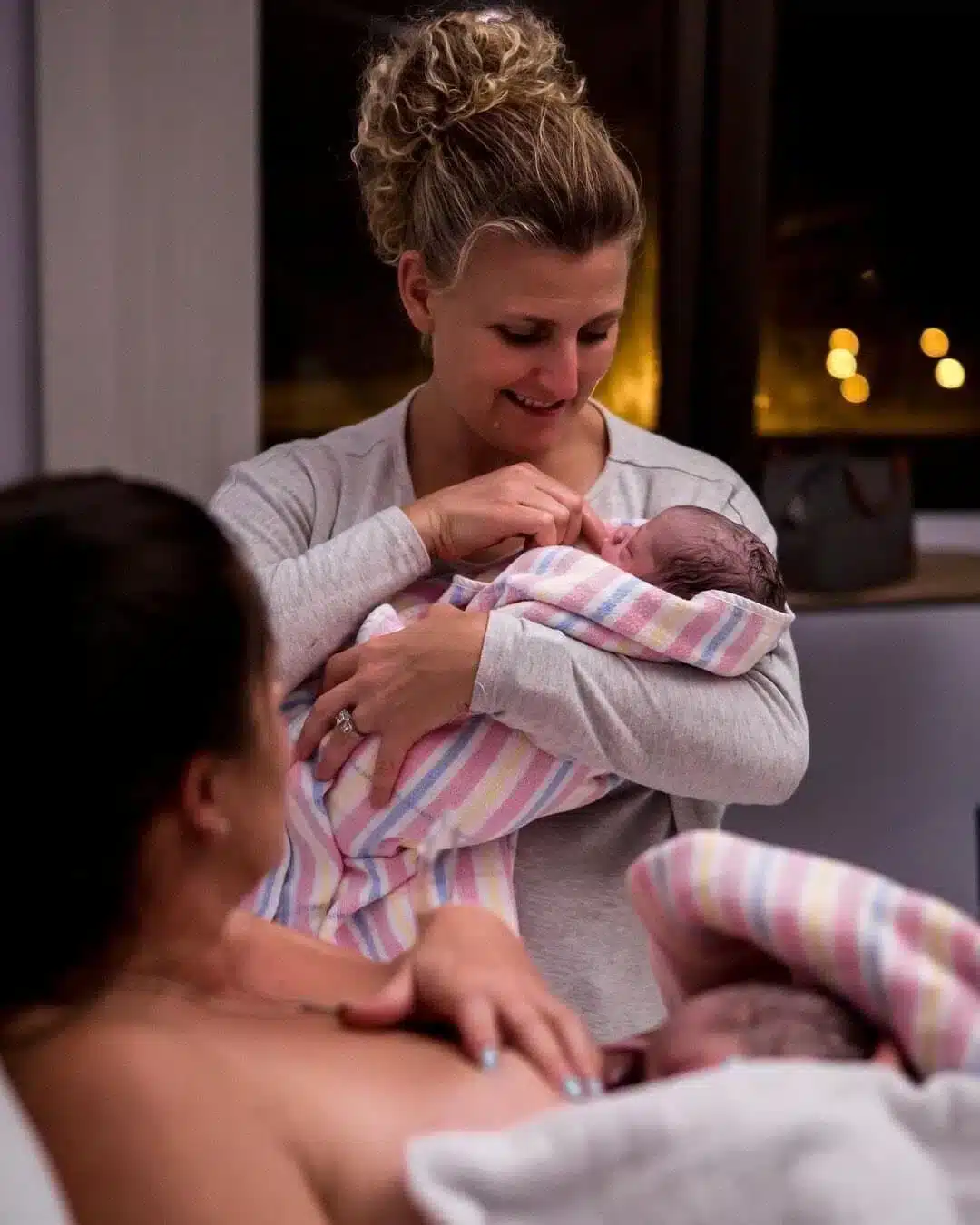Pregnancy Pre-existing Diabetes and Pregnancy: What You Need to Know
Pre-existing Diabetes and Pregnancy: What You Need to Know
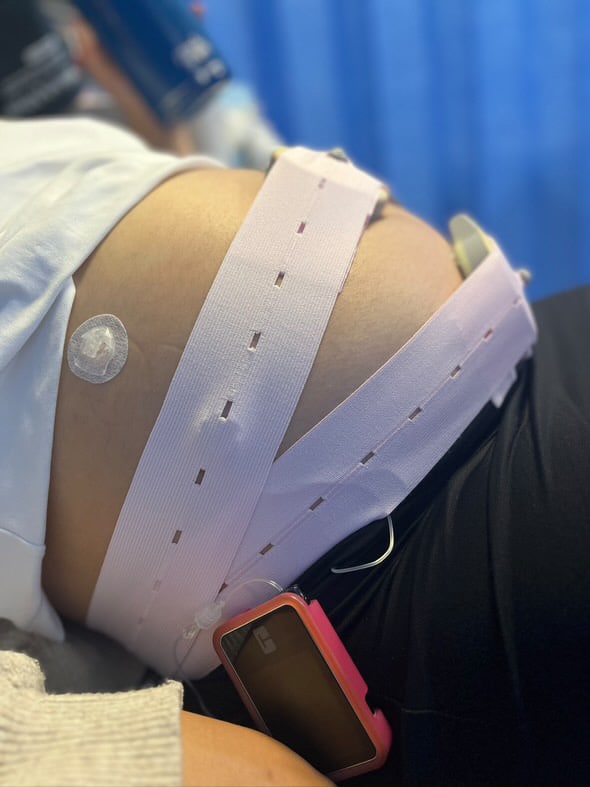
Pregnancy is a transformative journey for any woman, but if you're living with type 1 or type 2 diabetes, there are additional considerations to keep in mind. With preparation and support from your healthcare team, you can absolutely have a healthy pregnancy and a positive birth experience.
Types of Diabetes in Pregnancy
When we talk about diabetes in pregnancy, it’s important to distinguish between pre-existing diabetes and gestational diabetes:
Pre-existing type 1 diabetes:
An autoimmune condition where your body cannot produce insulin
Pre-existing type 2 diabetes:
A condition where your cells become less sensitive to insulin, causing glucose to build up in your bloodstream
Gestational diabetes:
Develops during pregnancy and typically resolves after birth
Today, we’re focusing on navigating pregnancy when you already have type 1 or type 2 diabetes.
Planning for Pregnancy with Diabetes
If you’re thinking about starting or growing your family, it’s ideal to connect with your healthcare team 3-6 months before trying to conceive. This preparation time allows you to:
- Review your blood glucose management
- Adjust medications if needed
- Begin taking high-dose folic acid (as recommended for most women with diabetes)
- Check for any diabetes-related complications
- Establish blood glucose targets specific to pregnancy
Managing Diabetes During Pregnancy
During pregnancy, your insulin requirements will likely change – sometimes dramatically. Your body becomes more insulin resistant as pregnancy progresses, which means you’ll probably need more insulin as your pregnancy advances.
Your healthcare team will include specialists experienced in diabetes care during pregnancy:
- An obstetrician with experience in high-risk pregnancies
- An endocrinologist
- A diabetes educator
- A dietitian
- A midwife
- Your GP
Together, they’ll help you maintain your blood glucose levels within the target range, which is typically between 4.0-5.3 mmol/L when fasting and 5.0-6.7 mmol/L two hours after meals.
Technology That Helps
For many women with type 1 diabetes, continuous glucose monitoring (CGM) technology has been a game-changer during pregnancy. These devices allow you to track your glucose levels in real-time without constant finger pricks.
Dr Sarah Price, Director of Obstetric Medicine at the Women’s Hospital, is currently leading an Australia-wide study on CGM use in type 1 diabetes pregnancies. Early evidence suggests this technology significantly improves outcomes for both mothers and babies.
Labour and Birth with Pre-existing Diabetes
Most women with diabetes can have a vaginal birth and birth healthy babies. However, it’s recommended that you give birth in a hospital where medical staff can monitor both you and your baby closely.
During labour, your blood glucose levels will be carefully monitored. You might have an intravenous drip with sugar and insulin while in labour, or your insulin doses will be adjusted by your medical team.
After birth, your baby will be monitored for low blood sugar levels with heel-prick tests for the first day or two. If needed, they may receive extra feeds or glucose to maintain healthy levels.
Breastfeeding with Diabetes
Having diabetes won’t usually affect your ability to breastfeed, and breastfeeding can be beneficial for both you and your baby. Your healthcare provider can advise you on which diabetes medications are safe to use while breastfeeding – insulin is generally considered safe.
Some women with diabetes are encouraged to express colostrum in late pregnancy, which can be stored and used if your baby needs supplemental feeds after birth.
Resources for Your Journey
If you’re navigating pregnancy with pre-existing diabetes, there are excellent resources available:
Remember:
While managing pre-existing diabetes during pregnancy requires extra attention and care, advances in diabetes management and maternal healthcare mean that women with diabetes are having healthier pregnancies and babies than ever before.
As you prepare for this journey, remember that you’re not alone. Connect with your healthcare team early, utilize available technology and resources, and listen to the stories of other mothers who have successfully navigated this path before you.
Here are two lovely birth stories of women with Type 1 diabetes you might enjoy:
Emily – type 1 diabetes, private obstetrician, induction, spontaneous labour
Categories
Related Products
-
The Birth Class
108 reviews$249.00The empowering online childbirth education program that will help you confidently prepare for birth.
Get your copy of our Perineal Massage Guide in your inbox
Keep Reading
We think you might enjoy these articles
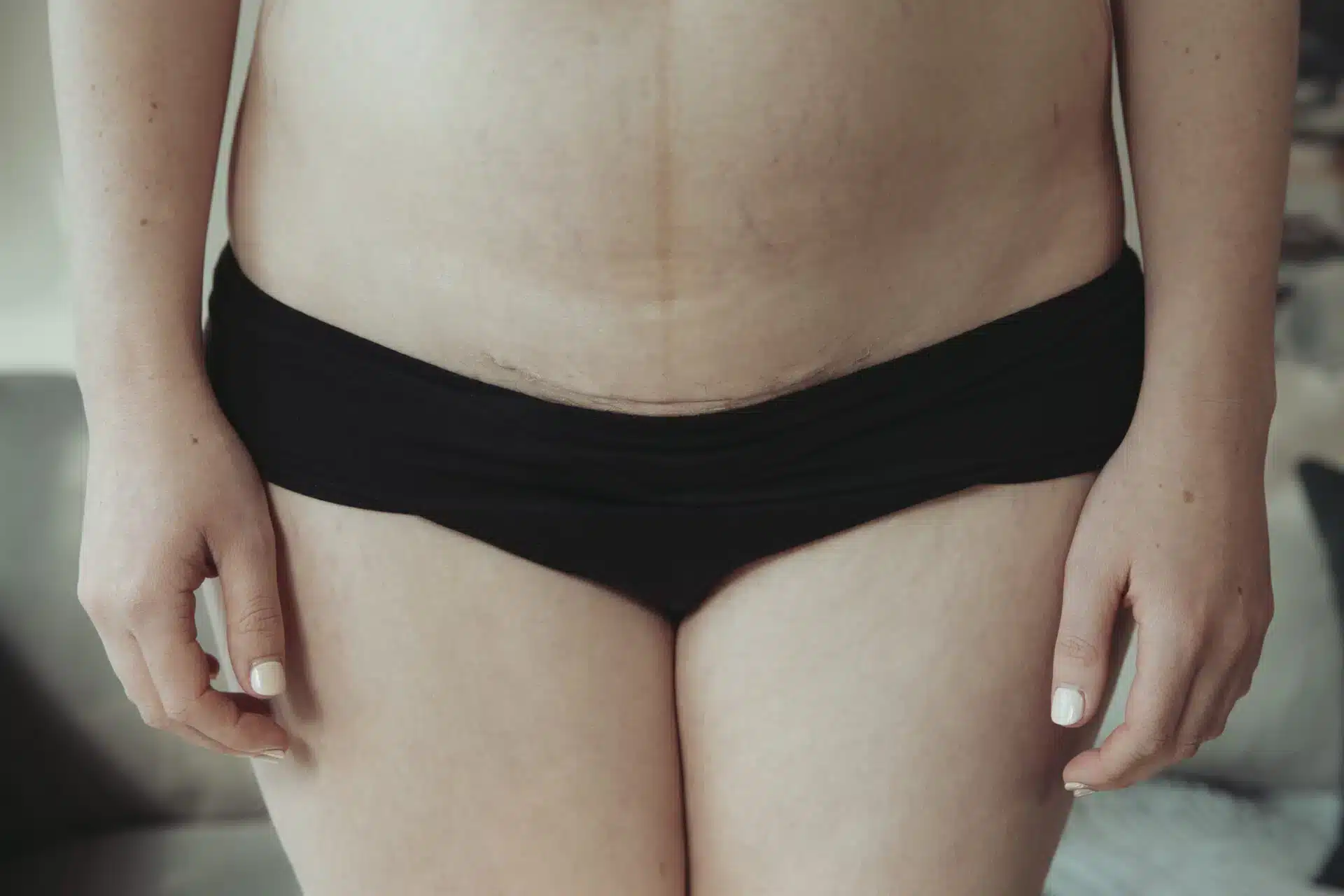
The Emergency C-Section Checklist You’ll Be Thankful You Had

Pre-existing Diabetes and Pregnancy: What You Need to Know

Harnessing the Power of Acupressure: A Natural Approach to Preparing for Birth
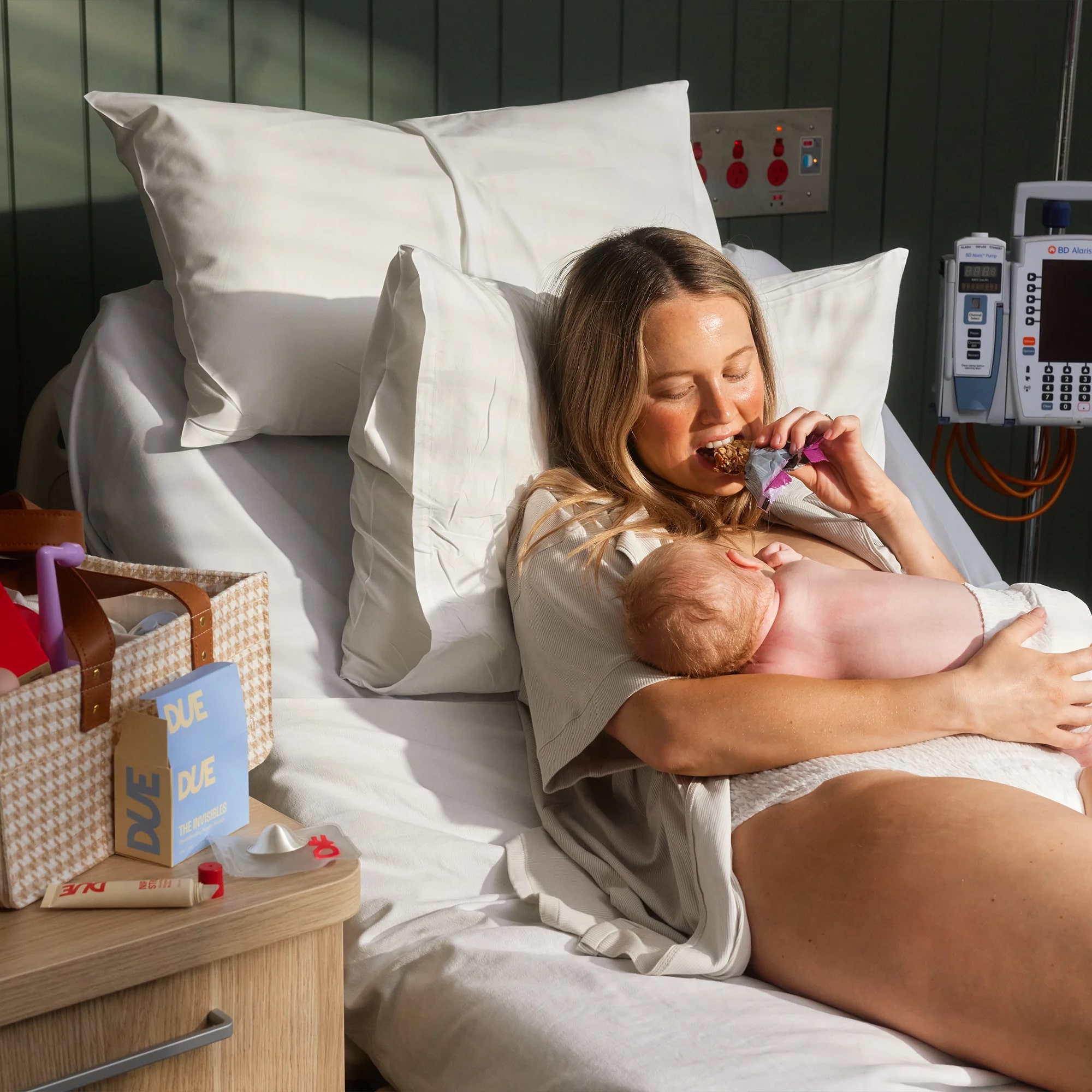
Thoughtful Christmas Gifts for your Pregnant Friend.
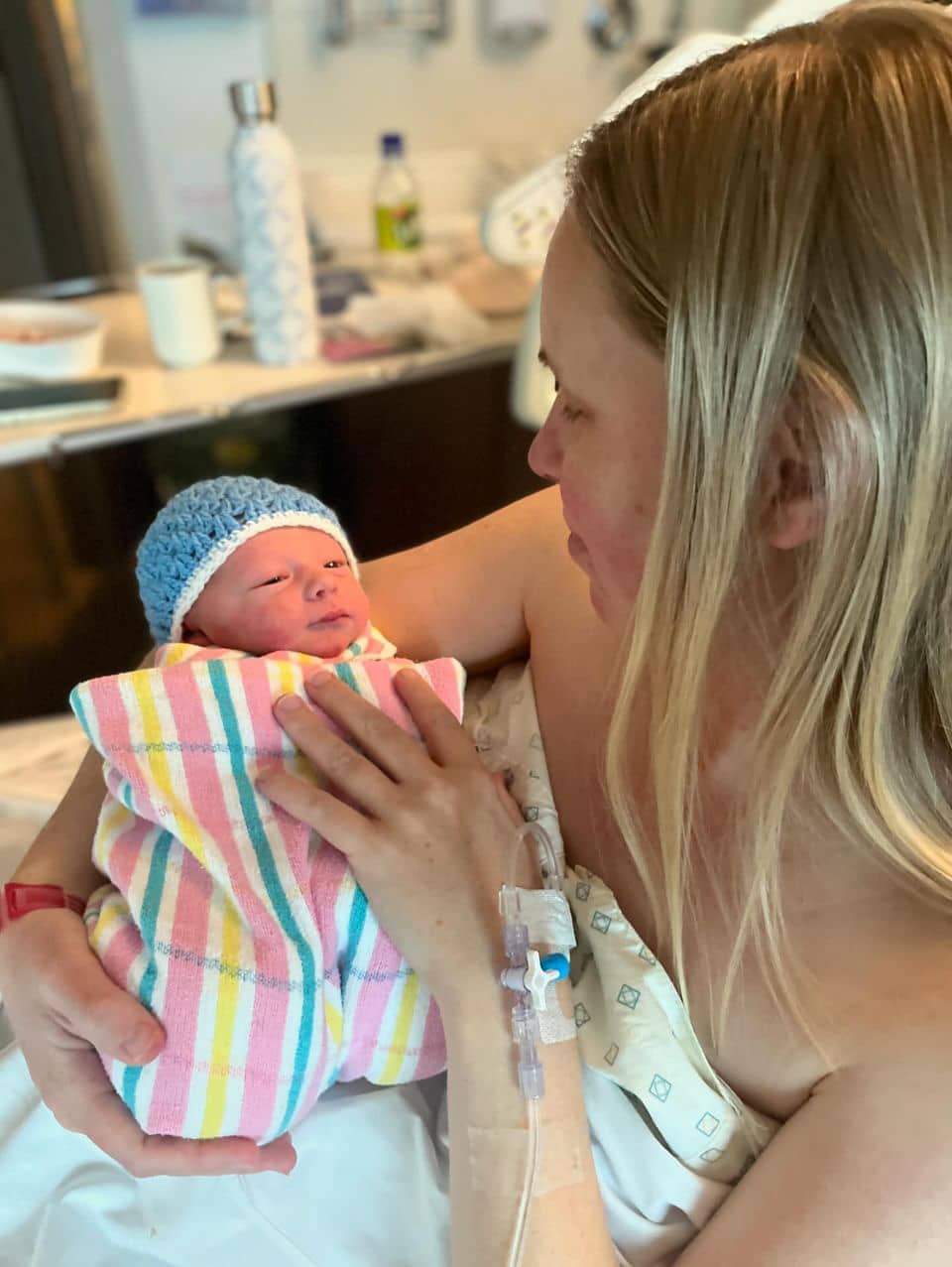
What is Pre-eclampsia?

Non-invasive Prenatal Testing (NIPT)
@AustralianBirthStories
Follow along with us
@AustralianBirthStories
Follow along with us
@AustralianBirthStories
Follow along with us
@AustralianBirthStories
Follow along with us
@AustralianBirthStories
Follow along with us
@AustralianBirthStories
Follow along with us
@AustralianBirthStories
Follow along with us
@AustralianBirthStories
Follow along with us
@AustralianBirthStories
Follow along with us
@AustralianBirthStories
Follow along with us
@AustralianBirthStories
Follow along with us
@AustralianBirthStories
Follow along with us


